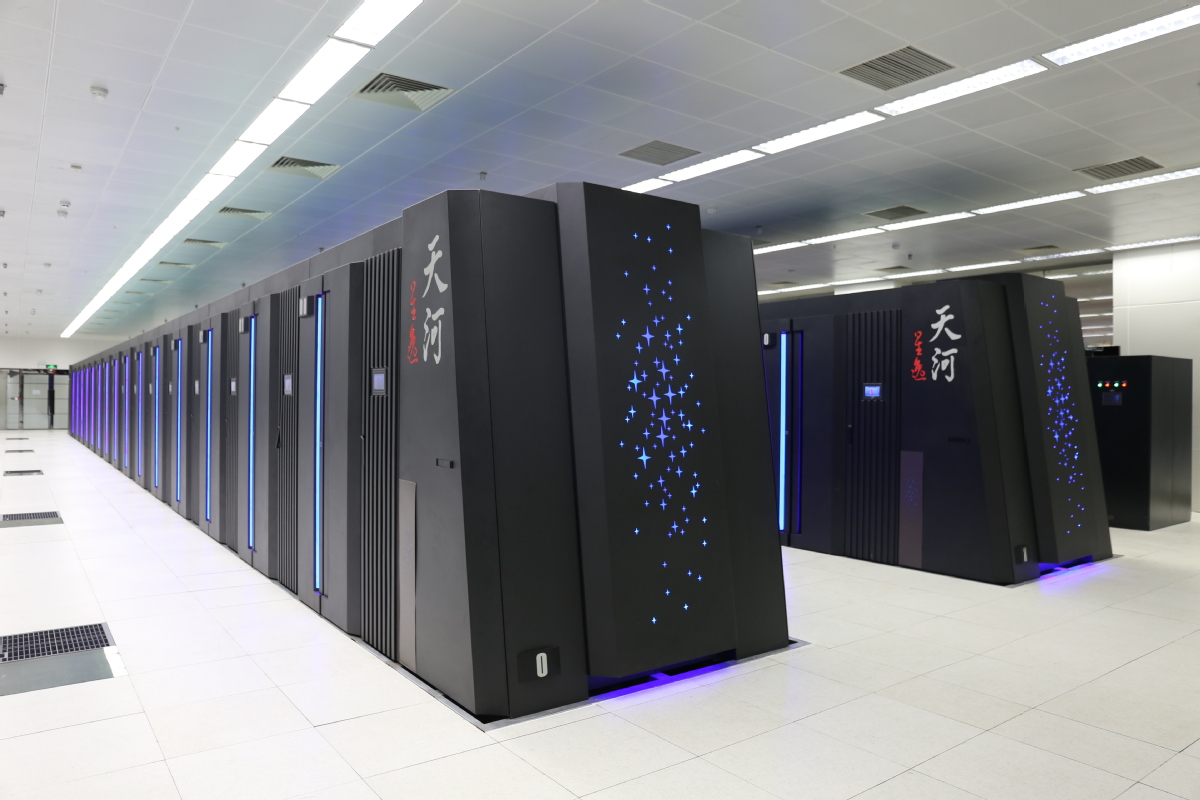Tech foundation of future industries


Incubators for innovation
In the eyes of experts, there are promising prospects for large scientific facilities to empower enterprises with disruptive frontier technologies at all levels, enabling them to reduce research and development costs and risks, achieve independence in core technologies, and uncover new growth opportunities.
They can also expedite the cultivation of innovative industry chains and clusters, fuel regional growth, and bring exponential economic returns. These facilities serve not only as a telescope for scientific exploration, but also as an incubator for industrial revolution.
Other facilities in the Greater Bay Area are entrusted with a similar mission. Early in the planning stages for its major scientific facilities studying synthetic biology and brain science, Shenzhen began to build a cluster of "future industries". The two scientific instruments, nestled in Guangming
Science City, an emerging innovation hub in the Greater Bay Area, have demonstrated their industry-nurturing potential despite only having started up in December 2024.
Gathering intelligent, automated, and high-throughput equipment, the Shenzhen Synthetic Biology Infrastructure has created a "biofoundry" that undertakes processes like DNA assembly, gene editing, and cell culture.
It has helped raw material companies to become suppliers to global giants in the pharmaceutical and cosmetic fields. Innovative companies account for 30 percent of its total users, and more than 120 synthetic biology startups have gathered in the vicinity, with a total valuation of approximately 40 billion yuan.
Featuring more futuristic studies, the Shenzhen Brain Science Infrastructure aims to be a global oriented, cross-species platform for all types of innovative brain science.
Integrating animal breeding, phenotypic analysis, and genetic analysis, the facility has extensive application potential.
It has propelled studies on treating neurodegenerative diseases (like Alzheimer's) and into brain cognition, while accelerating the screening and certification of new drugs. It also aims to achieve breakthroughs in braincomputer interface technology.
























